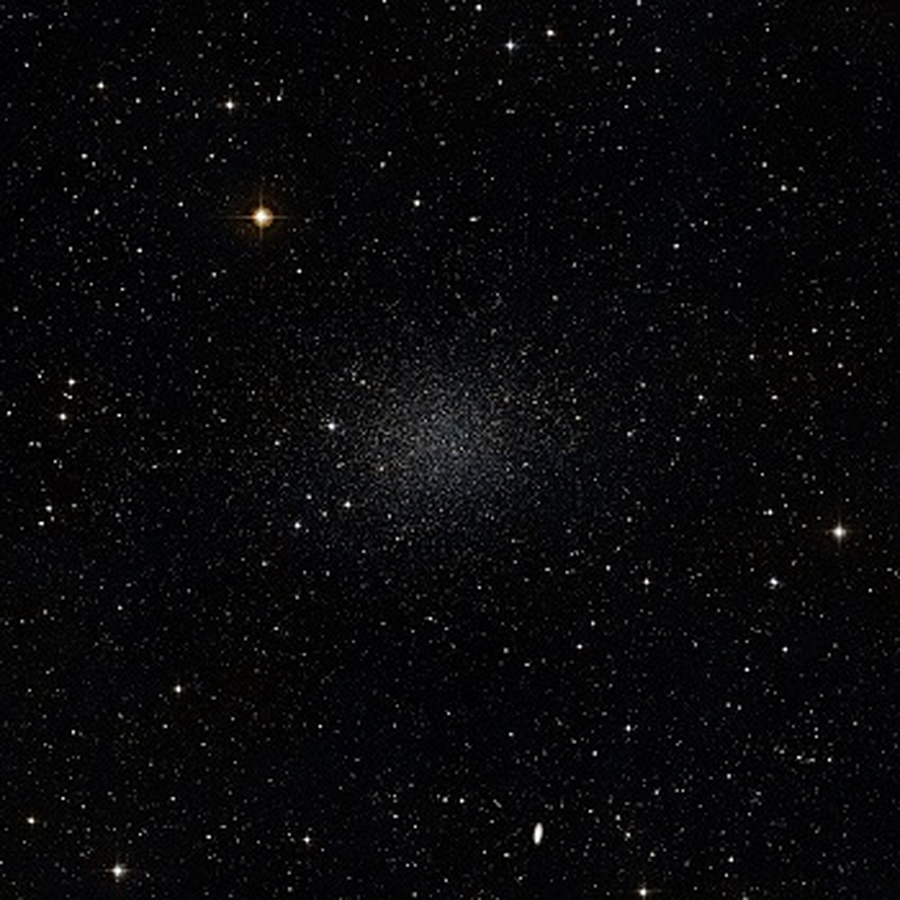Overview
Ultra-diffuse galaxies (UDGs) are outliers in the galaxy mass-size relation and their low densities were thought to challenge conventional galaxy formation models. This talk explores UDG formation mechanisms, starting from a case study of dark-matter-deficient UDGs and ending with a comprehensive survey. In the first part, we present the formation theory of NGC1052-DF2 and NGC1052-DF4, which were found to have little to no dark matter based on globular cluster (GC) velocity dispersions. HST imaging revealed deviations in their GC luminosity functions, supported by accurate distance measurements using the tip of the red giant branch method, confirming a distance of 21.7 Mpc for DF2. High resolution spectroscopy from Keck affirmed the absence of a typical dark matter halo. We proposed a formation theory involving high-speed collisions of gas-rich dwarf galaxies. To expand the sample of UDGs across a range of environments, we are using the low surface brightness sensitivity of the Dragonfly Telescope to compile a comprehensive field UDG catalog. Preliminary results show Dragonfly's efficacy in detecting previously overlooked UDGs. Spectra reveal distinct stellar populations between cluster and field UDGs. This highlights the impact of the environment on UDG evolution.
